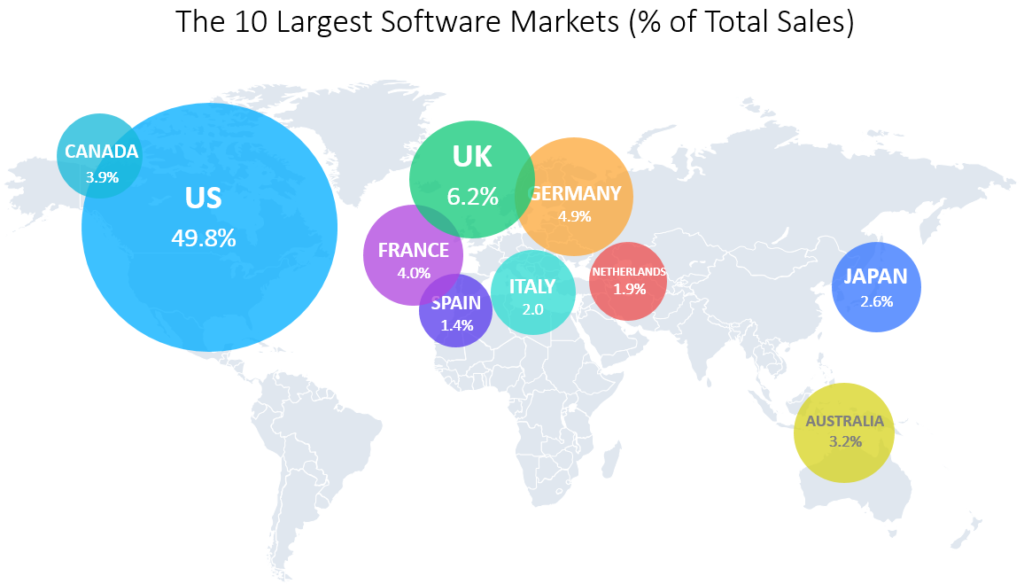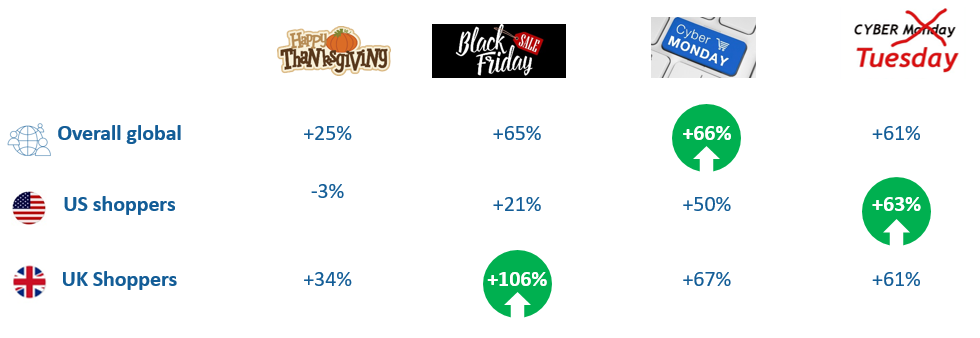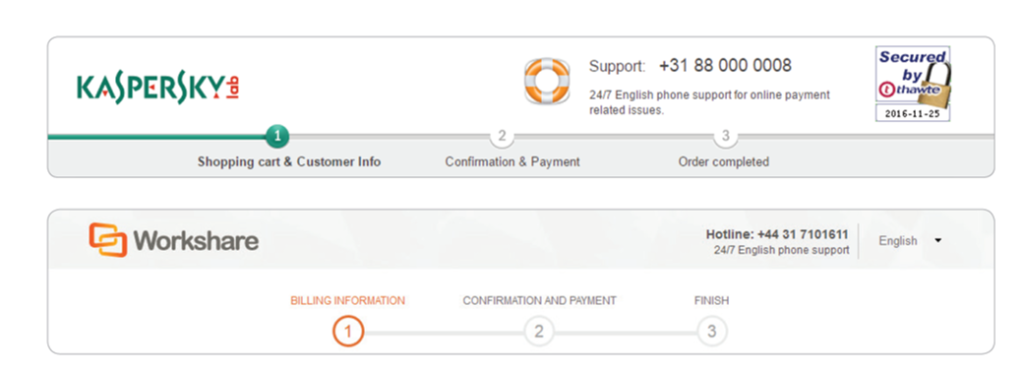Engaging in global commerce is a great way to boost your business, but it’s not as easy as simply publishing one website and expecting it to work in every market. Selling digital goods globally requires localization – surprisingly, not necessarily of the product itself, but for sure of the ordering process.
Localizing the language, currency and payment methods can make buyers 70 percent more likely to purchase. Your shopping cart layout, the number of steps in the ordering process, the information required to fill in can make a difference to conversion rates. Going global is good for business, because more markets mean more revenue, but they also mean more nuances for you to address.
Here’s a quick overview of what to consider when building global commerce in local markets; you can learn more from our recent webinar.
1. Consider Market Size and Popular Products
Going after larger markets can help build your sales faster. However, certain markets may be better suited for selling certain verticals. For example, China is the world’s number one ecommerce market, but the top software market is by far the United States of America, and China is not even in the top 10. Services, security and utility software are the top-selling categories in many countries. While China is a smaller market in terms of software purchases, privacy software is the top category for software sales there. So if you sell privacy software, leaving China out may not make so much sense for your business. Knowing not only the size of a market but also what people want to buy there can help you become more successful in global commerce.

2. Adapt to Local Payment Methods and Preferences
Although Visa, Mastercard and PayPal are the most popular payment methods globally, some local payment methods dominate certain markets. In the Netherlands, for example, iDEAL is the leading payment method, accounting for over a third of sales. If you plan to sell in the Netherlands, failing to support iDEAL will almost certainly cost you a significant amount of business. Beyond payment methods, other local preferences can come into play. In Brazil, for example, consumers are very accustomed to paying for products in installments, so paying upfront feels odd to them. Offering a payment schedule can help you boost sales there. Local processing in Brazil will also boost authorization rates. And something as simple as showing prices in the local currency can make a big difference: an AVS4YOU case study found that showing prices in euros improved sales by 40 percent in France and 20 percent in Germany, showing that localization really works.

3. Explore Other Regional Strategies
In addition to languages, payment methods and currencies, buyer preferences can be very different in different markets. Different shopping cart formats, different product packaging and different form lengths can work differently in different countries. For example, one test showed that shoppers in Germany preferred a shorter purchasing form, while buyers in Canada were more accepting of a longer form, so make sure to test everything locally for best results. At the same time, some efforts do apply globally: showing a support number provides the reassurance needed to make a purchase in most markets, though it also brings up the issue of needing to provide support in local languages for best results.

4. Sell More with Smart Payments
No matter where you are selling, intelligent payment routing and revenue recovery can make a big difference to your business. Selling in the local currency, using account updaters and retry logic can all help improve your payment authorization, renewal rates and revenue: in one test, intelligent routing helped achieve 89 percent success in authorization, versus 70 percent with default methods. Validating your security with a system such as 3D-Secure can help reassure buyers as well, although buyers in different markets may have different levels of familiarity with these methods: in Japan, for example, using 3D-Secure improved sales, but buyers in the U.S. were less familiar with 3D-Secure and conversion rates declined. Make sure you use a smart system that can turn features and tools like this on and off depending on the markets you sell into.

5. Make the Most of Indirect Channels Around the World
As you grow your business globally, keep in mind that you don’t have to do it alone. All over the world, there are resellers, distributers, e-resellers, VARs and affiliates ready and willing to help you sell. The channels you choose may have as much to do with your internal resources as anything else. While resellers can provide a higher average order volume, they may also require more work and engagement on your part. Affiliates, on the other hand, may bring in smaller orders but require minimal interaction with you and low commitment. It’s up to you which one works best for your business. One tip – if you are selling subscription-based products or SaaS – is to integrate partners with the renewal process, or they won’t be as invested in your success. When you’re ready, providing a partner portal with tools can help empower partners to get better results for you and build your business.

6. Celebrate Locally
While there are many holidays that resonate with buyers around the world, there are just as many that are truly important only in specific local markets. Boxing Day, for example, is most popular in the UK and Commonwealth countries, while China sees big sales on Singles’ Day (November 11). Understanding what holidays matter in what countries can help you create more effective promotions worldwide.

7. Get the Basics Right, Wherever You Go
It’s easy to get excited about selling internationally and jump into fun promotions worldwide. However, don’t forget the basics. Providing localized support is a must to keeping customers happy in local markets, as is complying with local regulations regarding sales taxes, refunds, privacy and customer communication. Get these elements handled before you go too far down the path of online sales.

Got a handle on these seven tips of going global? Discover more about these and other elements of international ecommerce in our webinar on Global Commerce in Local Markets for Software and SaaS Companies.





